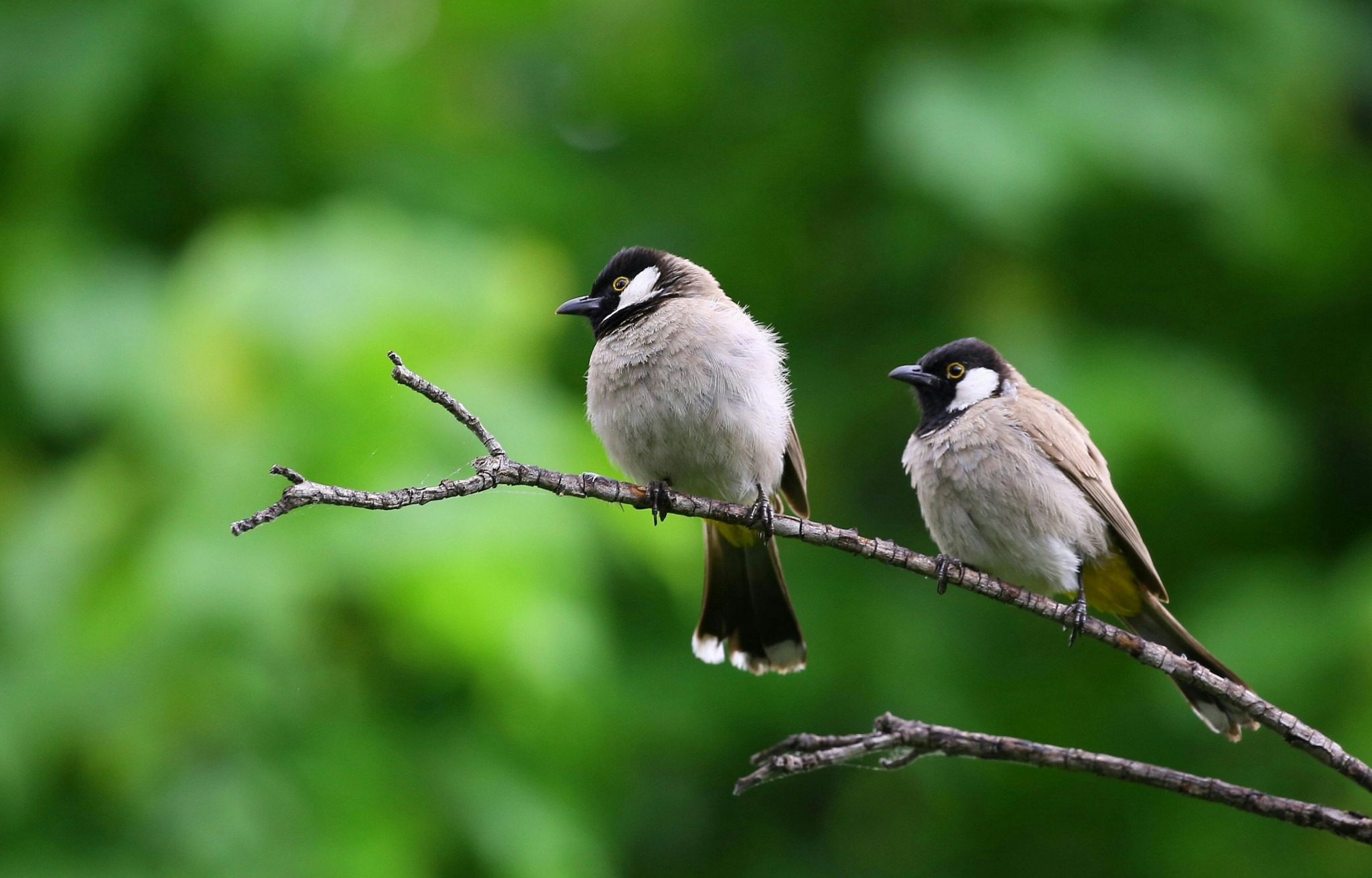Is every species capable of conscious thought?
I think that insects are cool. Every insect is uniquely adapted to the niche of its environment, yet they are also durable and adaptable. Despite all that, they aren’t on the same level of existence that humans or other intelligent creatures are. Or are they?
For so long, we have assumed that only a select group of animals can be said to have consciousness, but that begs the question of what it actually means to be conscious.
René Descartes’ famous proclamation, “I think, therefore I am” based the presence of consciousness on the ability of the subject to be able to think. Furthermore, his lesser-known quote, “language is the only certain sign of thought hidden in a body” gives the criteria for how we should try to interpret thought in animals. This is why animals like monkeys and birds are considered conscious. They have a discernible language and can also adapt to learn human methods of communication.
Following on from Descartes’ slightly dated definition, in 2012, a multidisciplinary assembly of neuroscientists came together to share their findings on consciousness, resulting in the Cambridge Declaration on Animal Consciousness. They found that stimulating the deep brain (the part of the brain that humans and most other animals have, such as the brain stem and hypothalamus) elicits similar responses in both humans and animals.
There are neural pathways in birds and invertebrates like octopi which are comparable to humans, suggesting they are capable of conscious thought too, despite how different their brains might be to humans
Emotional behaviour, which is not always observed through language yet is still common across different species of animals can be used to determine the animal’s state of consciousness. Hence, a newer definition, encompassing behaviour and neurology as signposts of consciousness, was agreed upon by the group of neuroscientists.
Researchers concluded that there are neural pathways in birds and invertebrates like octopi which are comparable to humans, suggesting they are capable of conscious thought too, despite how different their brains might be to humans.
The Cambridge Declaration also opened up the door on conscious thought in other species, based on neuroscientific evidence. The more recent New York Declaration on Animal Consciousness further extends the list of conscious animals through observation of traits indicative of consciousness.
The Declaration draws on examples from various species that differ quite a bit from humans, linking the two through similarities in behaviour which are caused by thoughts or feelings – aspects of a conscious being. Examples of this were bees rolling around balls for no useful purpose, instead just for fun, and crayfish showing signs of anxiety, which were alleviated by anti-anxiety medication that is used by humans.
The behaviours above and the slew of other examples show that there is a link between human behaviours and these observed behaviours past survival instinct.
Having seen the possibility for consciousness present in these animals that were previously considered simplistic and survivalist, what are the possible consequences? Let’s assume that this new classification of animals is determined to be conscious and capable of thought, what does that mean for us?
The same way that humans have the right to life and shelter, the habitats of these animals should lawfully be afforded the same protection. This echoes existing calls for better conservation efforts
Philosopher Alastair Cochrane argues that we must shift current policy focused on human rights to also encompass these conscious beings under the umbrella term of ‘sentient rights’. This builds on philosopher Peter Singer’s definition of sentience as “capable of conscious thought”, which as we have seen, includes the animals discussed previously.
The knock-on effects of this would likely result in a significant change to the ways we approach the environment. In the same way that humans have the right to life and shelter, the habitats of these animals should lawfully be afforded the same protection. This echoes existing calls for better conservation efforts.
Let’s take the example of bees: bees are known to be undergoing a global wipeout due to loss of flowers to pollinate, habitat loss, climate change, and pesticides. The consequences include decreases in food production and biodiversity. In line with the sentient rights that would be afforded to bees, humans would be pushed to actively protect their livelihood by supplying them with the necessary flower forage, as well as protecting existing hives and creating additional hives for shelter. Seems straightforward, right? These are measures that conservationists have been pushing to achieve for years, with no significant change. However, government intervention and funding could finally be the shift that’s necessary to see real development.
Of course, this is all hypothetical, but it brings up some important questions on animal classification, consciousness, and the protections that are afforded to only select species. New developments in research might reveal that our co-habitants on this Earth are more complex and similar to us than we had previously understood. With that revelation, it is pertinent that we reconsider how we treat them – in the lab and in the wild – to ensure their survival and to preserve our diverse ecosystem for years to come.

Comments (1)
I think (!) the significance of Descartes was not just consciousness but self-awareness of consciousness. Yes, probably other species have consciousness. After all how does an animal know to return to the same place to hunt/fish/gather food? But are they aware of what they are thinking? It would be interesting to examine animal behaviors for evidence of that. But, thank you for a thoughtful (!) piece.